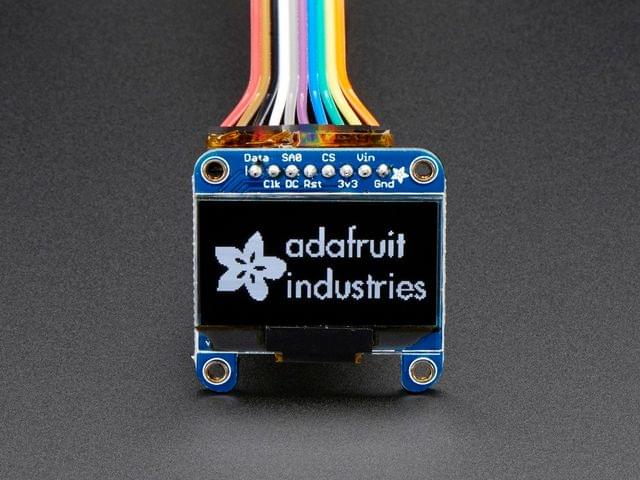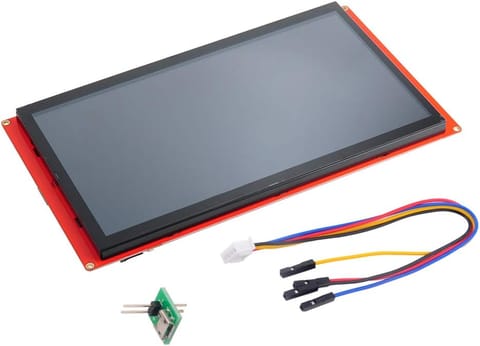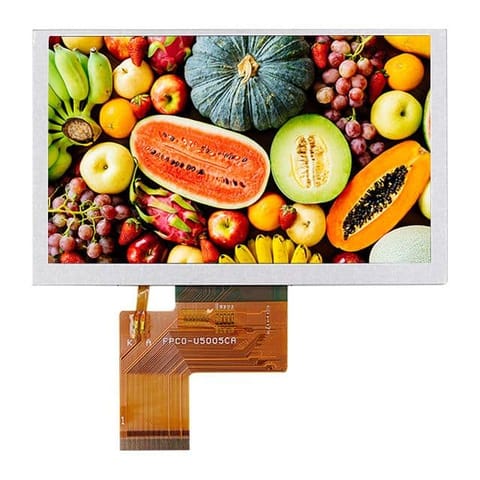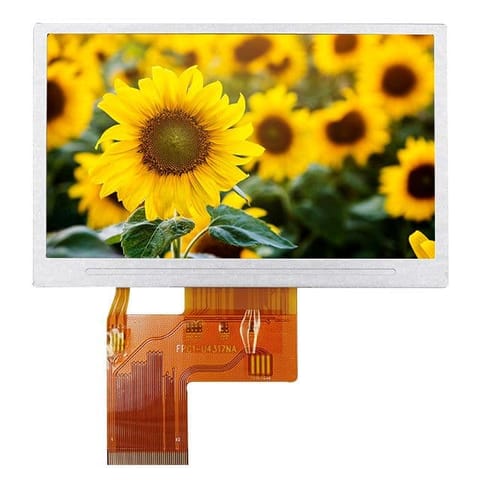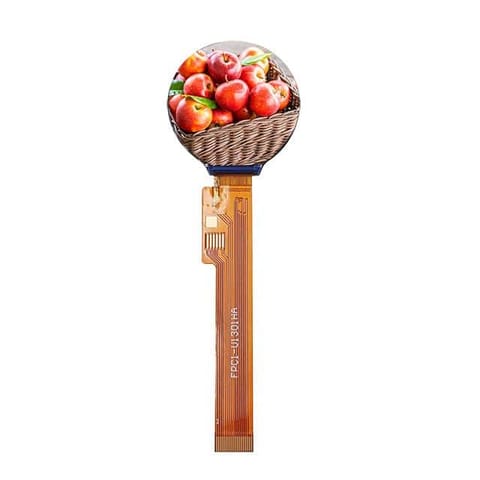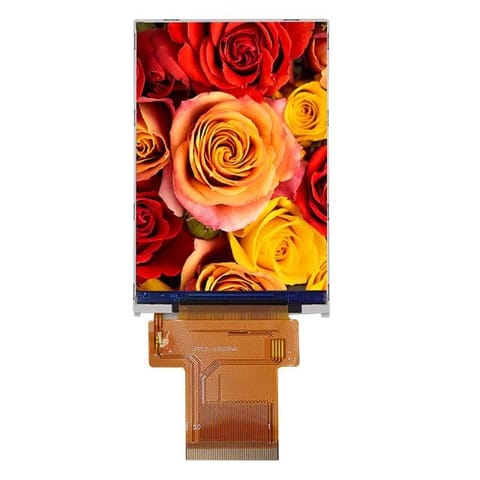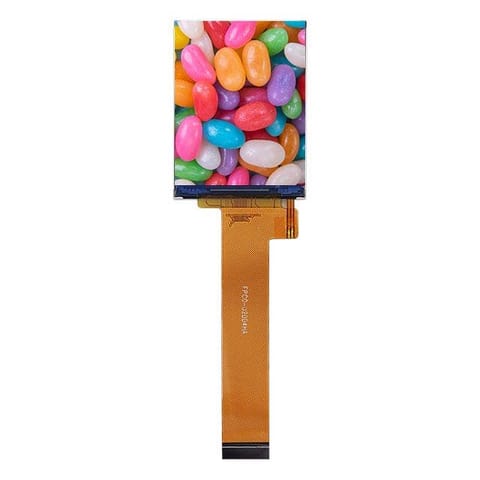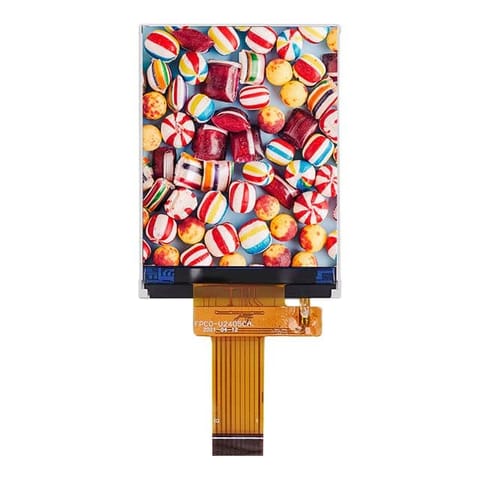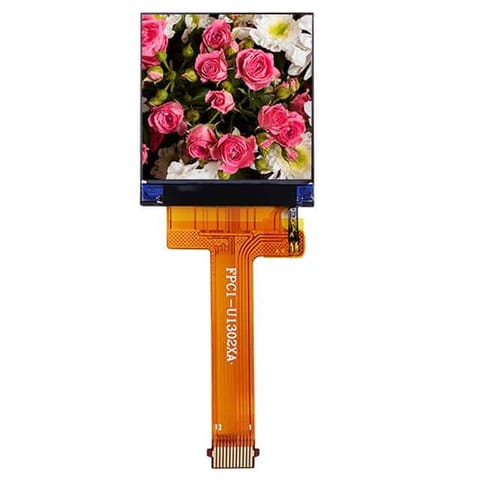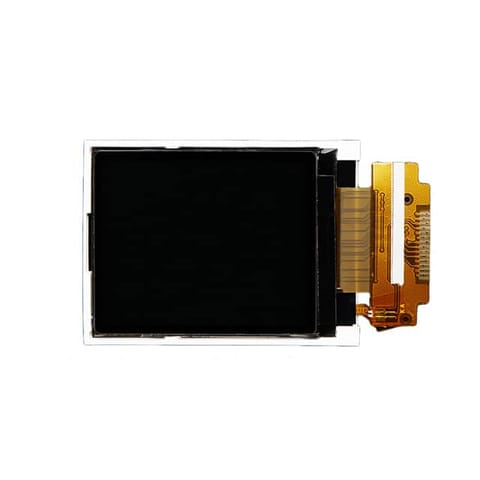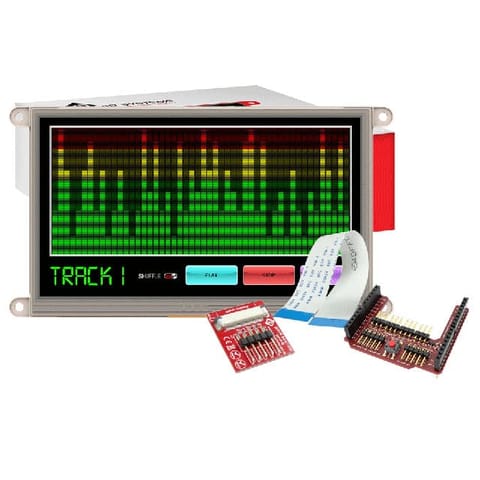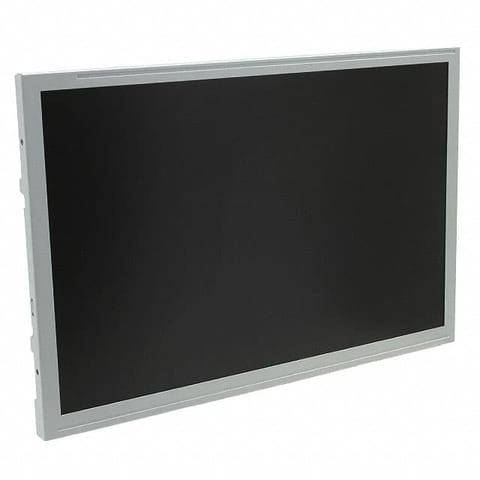- TERMINALS
- TERMINALS
- WIRELESS MODULES
- WIRELESS MODULES
- DEVELOPMENT BOARDS & KITS
- DEVELOPMENT BOARDS & KITS
- RF/IF and RFID
- RF/IF and RFID
- SINGLE BOARD COMPUTER
- SINGLE BOARD COMPUTER
- BREAKOUT BOARDS
- BREAKOUT BOARDS
- LED
- LED
- TEST AND MEASUREMENT
- TEST AND MEASUREMENT
- DEVELOPMENT BOARDS AND IC's
- DEVELOPMENT BOARDS AND IC's
- CABLES/WIRES/FANS
- CABLES/WIRES/FANS
- EMBEDDED COMPUTERS
- EMBEDDED COMPUTERS
- INDUSTRAL AUTOMATION AND CONTROL
- INDUSTRAL AUTOMATION AND CONTROL
- COMPUTER EQUIPMENT
- COMPUTER EQUIPMENT
- CONNECTORS & INTERCONNECTS
- CONNECTORS & INTERCONNECTS
- MOTORS/DRIVERS/ACTUATORS/MODULES
- MOTORS/DRIVERS/ACTUATORS/MODULES
- MAKER/DIY EDUCATIONAL
- MAKER/DIY EDUCATIONAL
- BASIC COMPONENTS
- BASIC COMPONENTS
- TOOLS & ACCESSORIES
- TOOLS & ACCESSORIES
- FPGA HARDWARE
- FPGA HARDWARE
- POWER SUPPLIES
- POWER SUPPLIES
- ROBOTICS & AUTOMATION
- ROBOTICS & AUTOMATION
- TRANSDUCERS
- TRANSDUCERS
- MEMORY CARDS & MODULES
- MEMORY CARDS & MODULES
- SOFTWARE
- SOFTWARE
DESCRIPTION
These displays are small, only about 1.3" diagonal, but very readable due to the high contrast of an OLED display. This display is made of 128x64 individual white OLED pixels, each one is turned on or off by the controller chip. Because the display makes its own light, no backlight is required. This reduces the power required to run the OLED and is why the display has such high contrast; we really like this miniature display for its crispness!
The driver chip, SSD1306 can communicate in two ways: I2C or SPI. The OLED itself require a 3.3V power supply and 3.3V logic levels for communication, but we include a 3.3V regulator and all pins are fully level shifted so you can use with 5V devices!
The power requirements depend a little on how much of the display is lit but on average the display uses about 40mA from the 3.3V supply. Built into the OLED driver is a simple switch-cap charge pump that turns 3.3v-5v into a high voltage drive for the OLEDs.
We have a detailed tutorial and example code in the form of an Arduino library for text and graphics. You'll need a microcontroller with more than 1K of RAM since the display must be buffered. The library can print text, bitmaps, pixels, rectangles, circles and lines. It uses 1K of RAM since it needs to buffer the entire display but its very fast! The code is simple to adapt to any other microcontroller.TECHNICAL DETAILS
Breakout Board Dimensions:
- PCB: 35mm x 35mm x 5mm / 1.4" x 1.4" x 0.2"
- Mounting Hole Dimensions: 29.5mm x 29mm / 1.16" x 1.14"
- Mounting Hole Diameter: 2.5mm / 0.1"
- Screen: 23mm x 35mm / 0.9" x 1.4"
- Weight: 8.5g
- This board/chip uses I2C 7-bit address between 0x3C-0x3D, selectable with jumpers
OLED Display Details:
- Diagonal Screen Size:1.30"
- Number of Pixels:128 × 64
- Color Depth:Monochrome (White)
- Module Construction:COG
- Module Size (mm):34.50 x 35.00
- Panel Size (mm):34.50 x 23.00 x 1.45
- Active Area (mm):29.420 x 14.70
- Pixel Pitch (mm):0.23 x 0.23
- Pixel Size (mm):0.21 x 0.21
- Weight (g):2.18
- Duty:1/64
- Brightness ( cd/m2):100 (Typ) @ 12V
- Display current draw is completely dependent on your usage: each OLED LED draws current when on so the more pixels you have lit, the more current is used. They tend to draw ~25mA or so in practice but for precise numbers you must measure the current in your usage circuit.
- Home
- LCD & DISPLAYS
- Monochrome 1.3" 128x64 OLED graphic display
Monochrome 1.3" 128x64 OLED graphic display
SIZE GUIDE
- Shipping in 10-12 Working days
- http://cdn.storehippo.com/s/59c9e4669bd3e7c70c5f5e6c/ms.products/5b308e45d4830833e8d306c2/images/5b308e45d4830833e8d306c3/5b308b1ca67d4733848709be/5b308b1ca67d4733848709be.jpg
Description of product
DESCRIPTION
These displays are small, only about 1.3" diagonal, but very readable due to the high contrast of an OLED display. This display is made of 128x64 individual white OLED pixels, each one is turned on or off by the controller chip. Because the display makes its own light, no backlight is required. This reduces the power required to run the OLED and is why the display has such high contrast; we really like this miniature display for its crispness!
The driver chip, SSD1306 can communicate in two ways: I2C or SPI. The OLED itself require a 3.3V power supply and 3.3V logic levels for communication, but we include a 3.3V regulator and all pins are fully level shifted so you can use with 5V devices!
The power requirements depend a little on how much of the display is lit but on average the display uses about 40mA from the 3.3V supply. Built into the OLED driver is a simple switch-cap charge pump that turns 3.3v-5v into a high voltage drive for the OLEDs.
We have a detailed tutorial and example code in the form of an Arduino library for text and graphics. You'll need a microcontroller with more than 1K of RAM since the display must be buffered. The library can print text, bitmaps, pixels, rectangles, circles and lines. It uses 1K of RAM since it needs to buffer the entire display but its very fast! The code is simple to adapt to any other microcontroller.TECHNICAL DETAILS
Breakout Board Dimensions:
- PCB: 35mm x 35mm x 5mm / 1.4" x 1.4" x 0.2"
- Mounting Hole Dimensions: 29.5mm x 29mm / 1.16" x 1.14"
- Mounting Hole Diameter: 2.5mm / 0.1"
- Screen: 23mm x 35mm / 0.9" x 1.4"
- Weight: 8.5g
- This board/chip uses I2C 7-bit address between 0x3C-0x3D, selectable with jumpers
OLED Display Details:
- Diagonal Screen Size:1.30"
- Number of Pixels:128 × 64
- Color Depth:Monochrome (White)
- Module Construction:COG
- Module Size (mm):34.50 x 35.00
- Panel Size (mm):34.50 x 23.00 x 1.45
- Active Area (mm):29.420 x 14.70
- Pixel Pitch (mm):0.23 x 0.23
- Pixel Size (mm):0.21 x 0.21
- Weight (g):2.18
- Duty:1/64
- Brightness ( cd/m2):100 (Typ) @ 12V
- Display current draw is completely dependent on your usage: each OLED LED draws current when on so the more pixels you have lit, the more current is used. They tend to draw ~25mA or so in practice but for precise numbers you must measure the current in your usage circuit.
NEWSLETTER
Subscribe to get Email Updates!
Thanks for subscribe.
Your response has been recorded.
INFORMATION
ACCOUNT
ADDRESS
Tenet Technetronics# 2514/U, 7th 'A' Main Road, Opp. to BBMP Swimming Pool, Hampinagar, Vijayanagar 2nd Stage.
Bangalore
Karnataka - 560104
IN
Tenet Technetronics focuses on “Simplifying Technology for Life” and has been striving to deliver the same from the day of its inception since 2007. Founded by young set of graduates with guidance from ardent professionals and academicians the company focuses on delivering high quality products to its customers at the right cost considering the support and lifelong engagement with customers. “We don’t believe in a sell and forget model “and concentrate and building relationships with customers that accelerates, enhances as well as provides excellence in their next exciting project.


